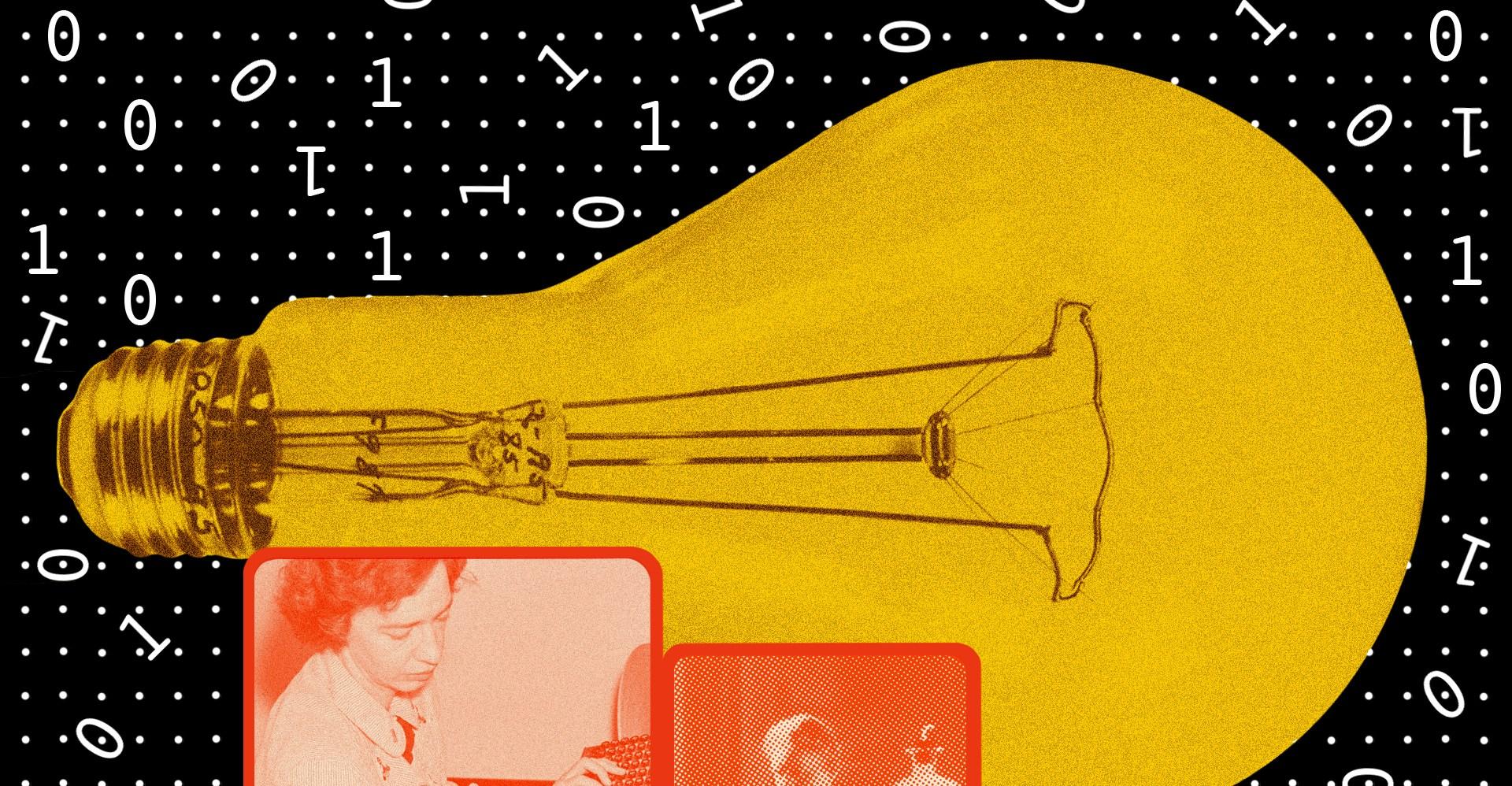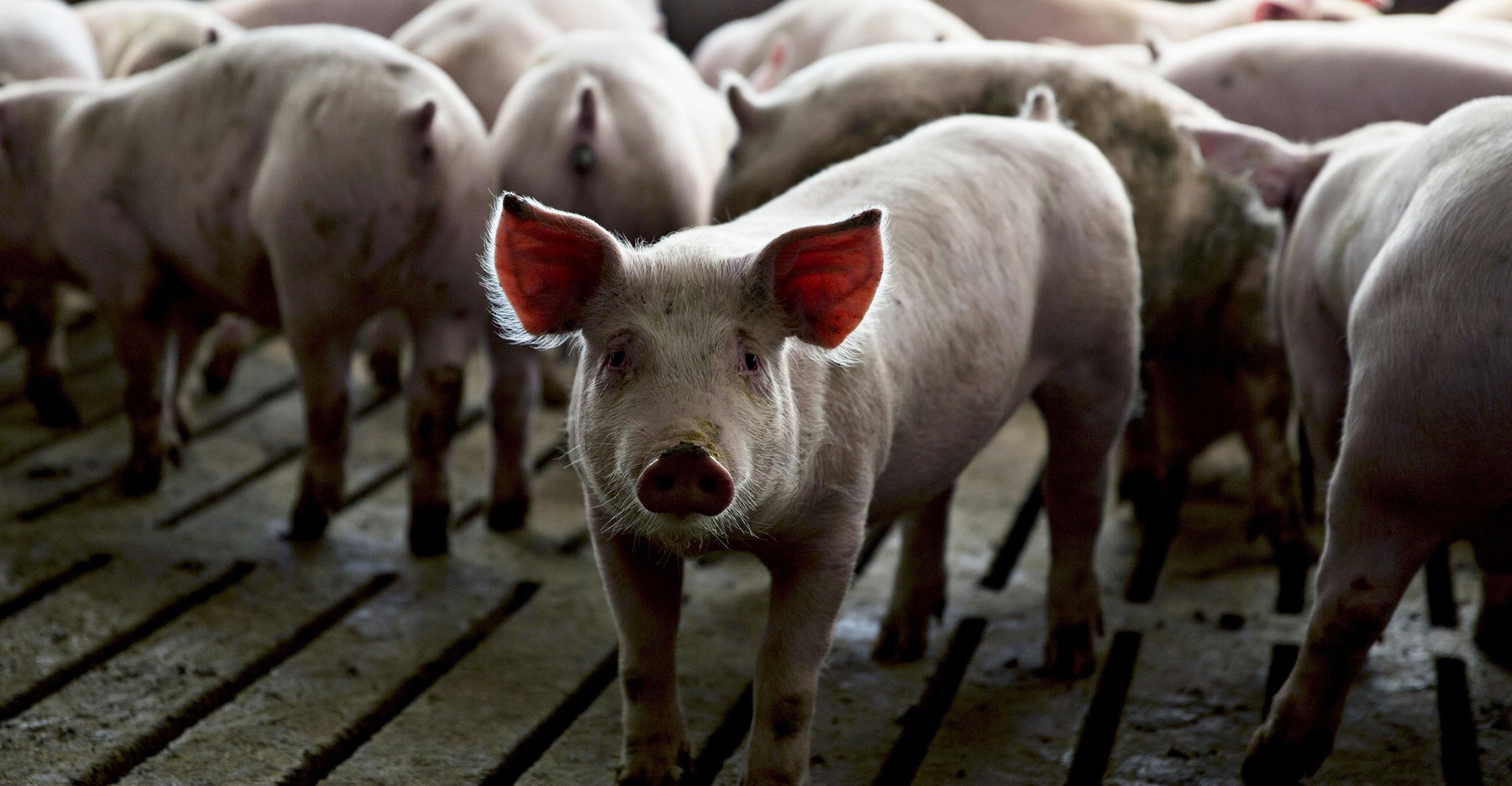The two parties are closer on giving cash to the poorest kids than you think.


Last week I read one of the most important statistics I’d seen in a while: Out of the $105 billion paid out in 2021 and 2022 as part of the temporary expansion of the child tax credit here in the US, only 5 percent went to families without any income at all.
This may seem like a strange number to be excited by, but I can explain. You may recall that in 2021, for the first time in its history, the child tax credit was made “fully refundable”: people with no tax liability could get the full amount, and it didn’t “phase in” with income, so that people with no incomes were excluded. This was designed to make the credit easier to administer (you could just mail it to people without checking their incomes), but also to get more money to those who needed it most. Outside of that one year, people with earnings under $2,500 can’t get the credit, and people with modest earnings get a smaller credit than middle- and upper-class people do.
It was this attribute of the expansion — getting money to those without it — that ultimately doomed it. Full refundability was an absolute nonstarter among Republicans: Mitt Romney was the only GOP senator to express any support for the idea, and even he later backed away. To Republicans, a fully refundable credit recalled old-school cash welfare of the kind abolished with the 1996 welfare reform act.
Democrats only had a one-seat Senate majority, meaning that with unified Republican opposition couldn’t lose a single vote, and Joe Manchin was also adamantly opposed to giving the credit to non-earners. Ultimately Democratic leadership (understandably) prioritized winning Manchin over to support a climate bill, and the expanded credit died.
Since then, the best hope for improving the credit has been some kind of bipartisan deal. The House is in Republican hands now; so long as that’s true, a fully refundable credit is dead on arrival. That means the deal would have to make the credit more generous without making it available to everyone regardless of income. And the finding, from Jain Family Institute researcher Jack Landry, that only 5 percent of the expanded credit went to families without income, tells me that this sort of deal could do almost as much good for poor families as full refundability.
How to craft a child credit compromise
Right now, there are three primary aspects of the credit that limit its availability to poor families. The first is the income minimum: No one with earnings below $2,500 a year qualifies for the credit. (About 1.8 million children live in households earning below this threshold.) The second is the phase-in rate: Currently, the credit is limited to 15 percent of a filer’s income in excess of $2,500 a year. That’s a rather slow phase-in, and it means that, for instance, a family with two children making $20,000 won’t get the credit’s full benefit (and a family making $10,000 would get still less). The third is the refundable maximum: While the credit is worth $2,000 per child for families affluent enough to owe income taxes, at most $1,600 per child is available to families that don’t have a tax bill — that is, to poor families.
The 2021 credit, by simply offering the credit’s full amount to everyone, bypassed all these limits. But if that is a step too far for Congress, it can nonetheless tinker with these limits, one at a time.
Getting rid of both the income minimum and refundable maximum entirely is a no-brainer. Conservative Republicans like Sens. Steve Daines (R-MT) and Mike Lee (R-UT) have proposed abolishing these provisions, so they’re a natural place for bipartisan collaboration. The phase-in should begin with the first dollar earned, and the full $2,000 credit should be available to poor families. Then, the phase-in rate should be increased. Hillary Clinton in 2016 proposed a 45 percent rate, three times faster; Romney and Daines have suggested 42 percent and would make it even higher for families with multiple kids. Even 30 percent would be a big improvement.
Elaine Maag of the Tax Policy Center, the single best analyst of the child credit issue now working, recently estimated the effect of getting rid of the income minimum and the refundability maximum, and raising the phase-in rate to 30 percent. Whereas under current law, 27.9 percent of American children are denied the full credit because their families earn too little money, these reforms would lower that to 9.2 percent. Two-thirds of kids now excluded from the full credit, some 12.5 million children, would get it. Over three-quarters of the extra $11 billion spent every year due to these changes would go to the poorest fifth of Americans.
A second-best plan for the child credit
The drawback, of course, is that this would totally leave out families without any earnings — families in the midst of long-term unemployment or disability that are arguably most in need of support. Analyses of the 2021 credit suggested that as much as one-fifth of the benefit of the reforms came from giving money to households with no earnings. If we were to cut them out, we’d be giving up on much of the antipoverty benefit from reforming the credit. That made these kinds of compromise plans look much less attractive.
That’s why Landry’s stats are so important. He finds that rather than 20 percent of benefits going to no-earnings families, as those initial estimates suggested, only 5 percent actually did. The former number is based on survey data that overstated the number of families with no earnings claiming the credit. If you look at hard IRS data, you get the lower number. It seems that some no-earnings families didn’t bother filing for the credit, and/or that some who told survey-takers that they earned $0 were rounding down, and actually did have some income.
In any case, Landry’s findings suggest that a child credit compromise that speeds up the phase-in, gets rid of the income minimum, and eliminates the refundability cap would be almost as good as a fully refundable credit at fighting poverty. Not as good, to be sure, but most of the way — and given political realities, that’s the best compromise we might hope for. Landry estimates that a reform along the lines of Romney/Daines “would provide about 75 percent of the total benefits of a fully refundable $2,000 CTC.”
This is incrementalism, to be sure. But 75 percent is one hell of an increment. And unless advocates are able to put together a bipartisan coalition for a deal, the increment we’ll get otherwise is 0. Some think that the end of this year is the perfect time for a deal, with some important tax breaks for businesses expiring. Leveraging those expirations, which Republicans desperately want to keep but need Democratic votes to keep, to make gains on the child credit might be a winning strategy for child advocates. The parameters of a deal are obvious. It’s time to sit down and make it.
Australian PM declares Sydney shooting a ‘terrorist’ attack targeting Jews
- 13 hours ago

Pakistan condemns attack on UNISFA in Kadugli, Sudan
- 13 hours ago
Diaz picked Dodgers because 'I'm looking to win'
- 20 hours ago

How do you know if you’re wasting your life?
- 6 hours ago
Source: Gray, Nats reach deal to avoid arbitration
- 20 hours ago
Jays president Shapiro given new 5-year deal
- 20 hours ago
Bondi Beach shooting: Australia hails ‘hero’ Ahmed who stopped gunman
- 13 hours ago
Under-19 Asia Cup: India beat Pakistan by 90 runs
- 14 hours ago
Pakistan aims to become model in digital assets regulation: Bilal saqib
- 13 hours ago
NHL board of governors eager to see more 'color vs. color' jersey matchups
- 19 hours ago
Security forces kill 13 Khwarij in two separate engagements in KP: ISPR
- 14 hours ago
Sources: Rangers address needs with 3 signings
- 20 hours ago








